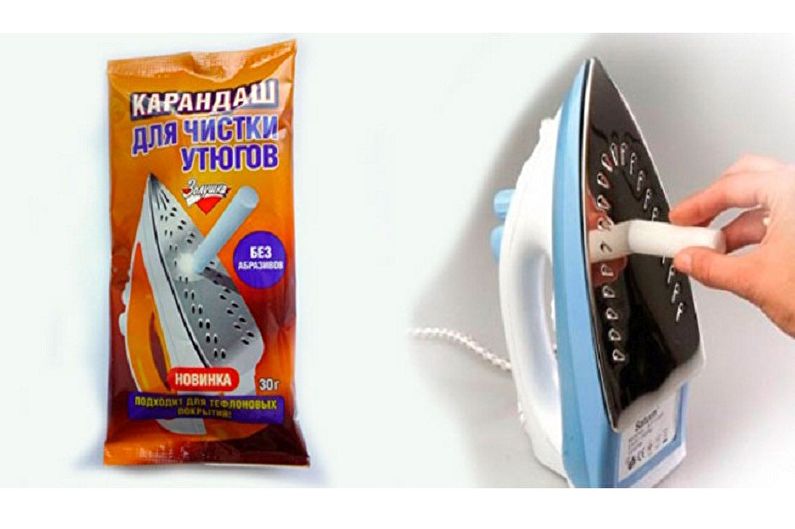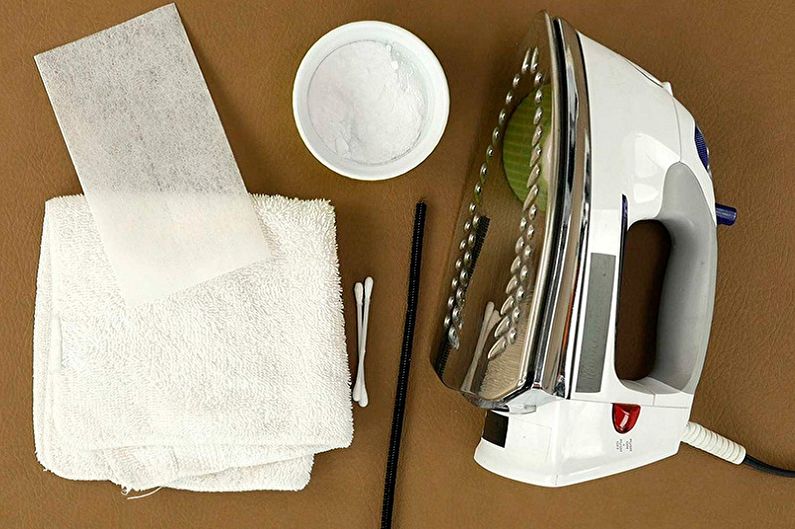
Any housewife eventually faces the problem of carbon deposits on the iron. And no matter how modern bells and whistles your appliance boasts of, this "ailment" can easily comprehend it. But do not despair! Many years of folk experience have gathered a lot of ways with which you can eliminate unacceptable pollution of the iron, and in our article we will talk about them in more detail.
1. Clean the iron with salt
The most affordable way is to clean the iron from carbon deposits with salt. For this, you can use simple table salt, preferably larger. Better yet, take sea salt for cleaning. To achieve the best effect, the iron needs to be heated. Next, we act in one of three ways:
1. The iron needs to be slightly heated and turned off. Sprinkle the surface of its sole with salt and a three damp rag until the soot disappears. At the end of the procedure, the surface must be wiped with a dry cloth. During cleaning, it is necessary to act very carefully so that salt crystals do not get into the steam outlet.
2. Turn on the iron and set the most gentle mode with a lower degree of heating on the regulator. Then, in gauze or a thin rag, folded in half, pour salt and with such a kind of compress three surfaces. Using this method, you can clean simple pollution.
3. The device must be properly heated. While it is gaining temperature, we put a thick cardboard on the ironing board, pour salt on it. Then, with a heated base, we pass along the salt grits in circular motions until the dirt is cleaned.
Nowadays, many new electrical appliances appear, and salt may not be suitable for every coating. For example, irons with a Teflon surface cannot be cleaned with it.
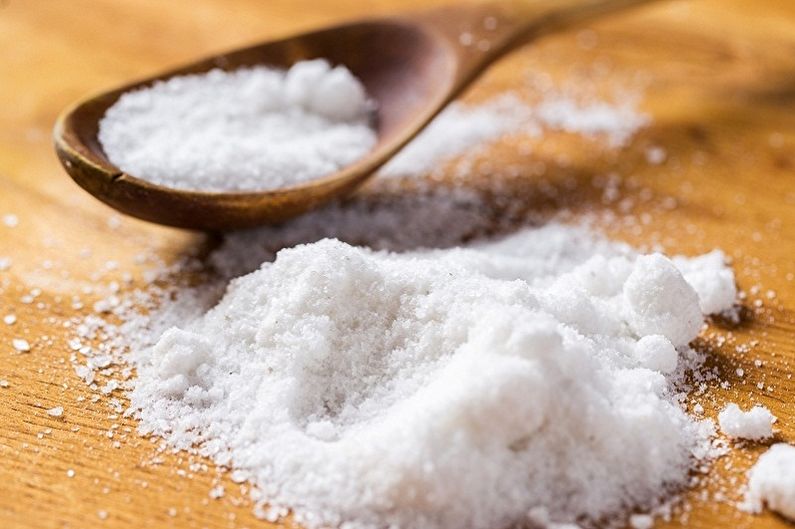
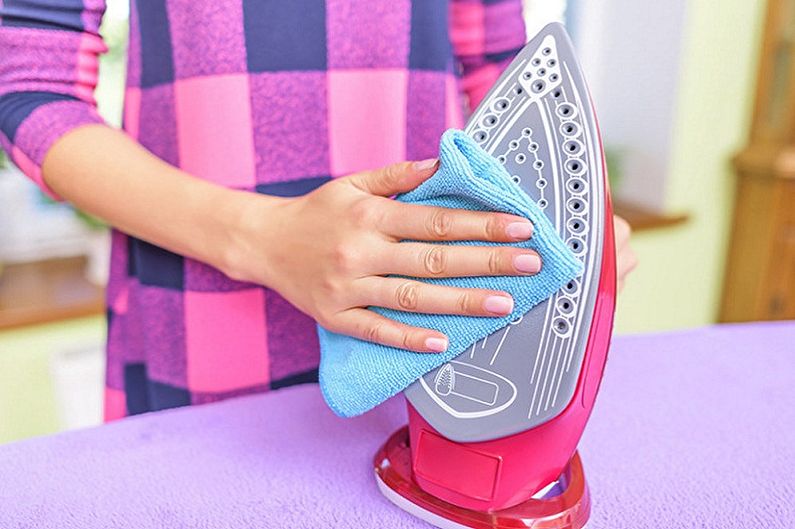

2. The use of vinegar
Another simple method that does not require special material costs is the removal of carbon deposits from the iron using vinegar. If you are trying to keep track of your favorite electrical appliance, then small soot stains can be easily eliminated by dampening a cotton swab or rag in vinegar. By the way, do not forget about the holes for the exit of steam - they can also be cleaned with vinegar using a cotton swab for ears. After such cleaning, the sole of the iron must be wiped dry.
If vinegar cannot cope with plaque on its own, add ammonia to it, but note that the appliance must be absolutely cold.
Often hostesses pay attention to soot only when it becomes completely impossible to iron and it is quite difficult to eliminate such pollution. In this case, vinegar can also save the situation: in the evening it is necessary to thoroughly moisten the cloth with it and put the iron on top, leave it in this position until morning. In most cases, even a substantial plaque during this time softens and peels off easily. Keep in mind that vinegar has a rather pungent odor, so do not leave such a “composition” in the living room - it must be insulated (for example, put out on the balcony).
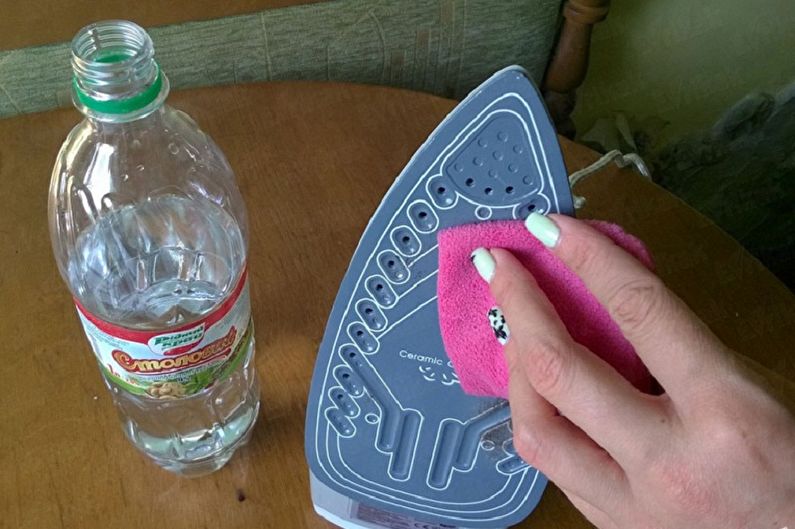

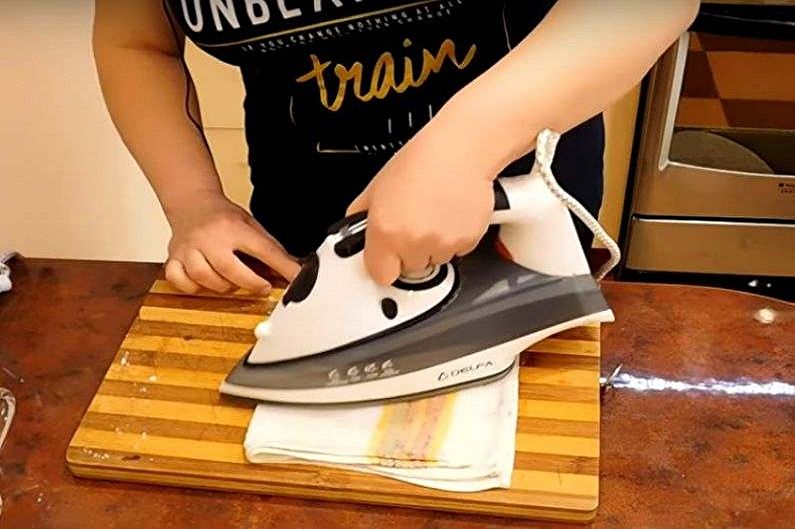
3. Cleaning the iron with salt and vinegar
The best result in cleaning the iron can be obtained by combining salt and vinegar. These two components must be mixed in a small saucepan and put on fire, stir until the salt is completely dissolved. It is important not to bring the solution to a boil. The finished solution needs to be cooled slightly so as not to burn itself, then moisten a cloth in it and thoroughly rub the contaminated places. In difficult cases, you can use a brush with soft bristles (metal can not be used). Next, you need to wipe the surface with a dry rag, heat the iron and iron any old cloth with it.According to the housewives, although the smell of this homemade washing solution is not very good, its cleaning properties are excellent.

4. Soda removal using soda
The cleaning abilities of soda have been known to housewives for a long time. Often it is used to clean particularly complex contaminants on dishes, plumbing, used in digestion. Actually, why not clean the iron with it? You can take baking soda or soda ash, while the work should be done with rubber gloves, as the soda composition can cause irritation of the skin. Soda must be mixed with a small amount of water until a homogeneous paste is obtained. We collect the composition on a rag or brush and three soles of our iron, making sure that the paste does not fall into the holes. When the surface is completely cleaned, it must be wiped with a dry cloth.

5. The use of liquid chemicals
The surface of the iron can be brought into proper condition using fairly aggressive fluids, which include nail polish remover and acetone. They cope especially well with soot from polyethylene or synthetic fabrics. It is enough to moisten the fabric with a solution and wipe the dirt. Work must be carried out with gloves. It is worth considering that liquids emit a rather pungent odor, so it is advisable to use them in a well-ventilated area. If you absolutely can’t tolerate such “aromas”, you can use hydrogen peroxide. It is odorless - just dampen a cloth with it and rub the stains.
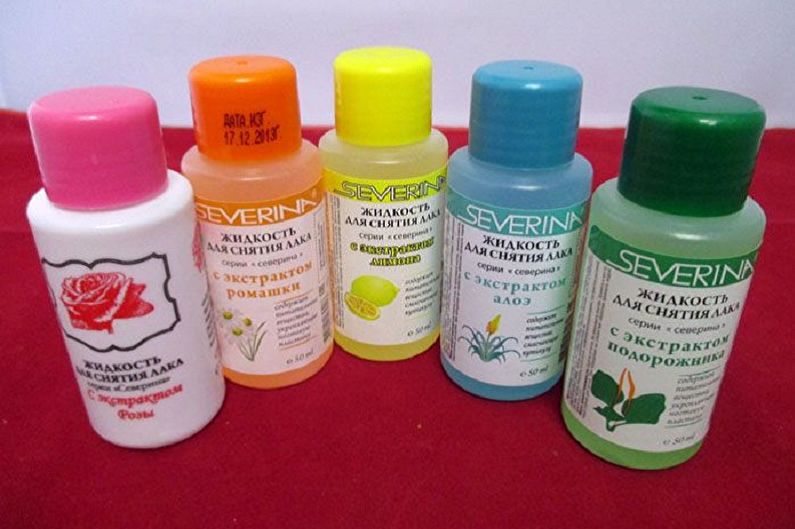
6. Paraffin candle
One of the most “ancient” ways that our great-grandmothers still used was the use of a paraffin candle to remove carbon deposits from the iron. In advance, you need to warm up the appliance well and prepare a pan on which droplets of hot wax will flow.
So, we wrap the candle in a dense fabric (it is better to use cotton) and wipe off the soot. The iron must be kept tilted so that the wax can drain freely and does not fall into the steam holes. Otherwise, frozen in these holes, it will warm up with the next ironing and stain clothes. At the end of the procedure, the surface must be wiped clean with a dry cloth.
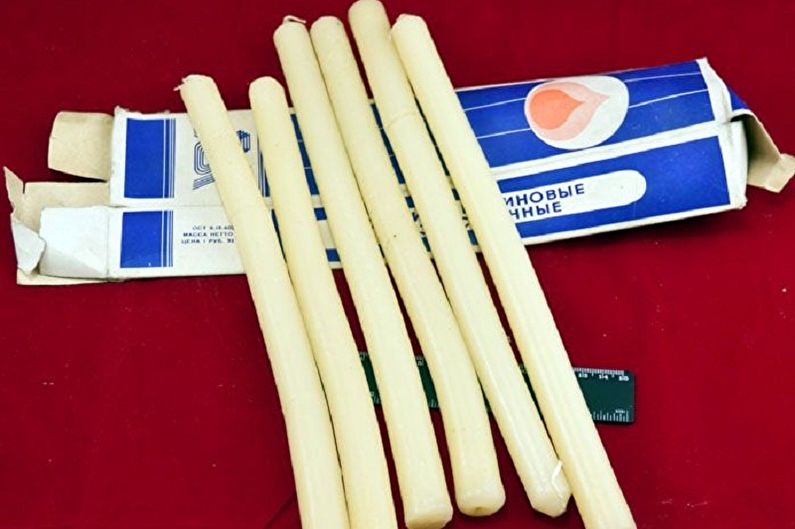
7. Special pencil for cleaning the iron
If you are not a supporter of folk methods of dealing with carbon deposits on the iron, or if they turned out to be powerless, you can purchase a special chemical pencil designed for these purposes. The iron must be turned on and warmed up well. Next, rub the surface with a pencil and turn off the appliance.
The chemical cleaning process will soon start - carbon deposits will begin to exfoliate. You need to take a soft cloth and wipe the softened mud coating. Then the base is wiped with a damp cloth. In the process, an unpleasant odor may appear, which is not worth fearing - this is just the evaporation of ammonia, which is part of the pencil.
